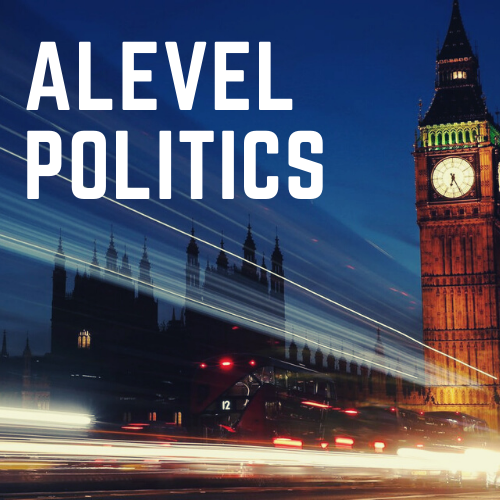From the Millennium to Sustainable Development Goals: A New Paradigm
Approaches to development rely on a particular world view. Understanding development in terms of wealth can lead to different practices and different results as understanding development in terms of freedom. The UN has taken the ‘alternative’ view on development, focusing on human development, rather than focusing on national wealth. However, even within this one organisation, changes in their ‘world view’ can be seen, affecting their development programmes.The Millennium Development Goals were based on an understanding of development as alleviating people from extreme poverty, in both monetary and non-monetary terms.
This was an important foundation, but since 2015 the UN has progressed to a more holistic and inclusive approach to development, based on sustainability. This aims to ensure the harmonious and long-term working of the Earth’s resources, the economy, and society.Millennium Development GoalsIn 2000, world leaders gathered to adopt the UN Millennium Declaration. The Declaration was dedicated to reducing extreme poverty, setting goals for 2015. Extreme poverty was understood in a wider definition than living below $1 (PPP) per day. Therefore targets were categorised into 8 key goals, spanning from reducing hunger, achieving primary education, promoting gender equality, improving health, and ensuring environmental sustainability.After 15 years, the final MDG Report in 2015 concluded that the movement was the most successful anti-poverty effort in history. Primarily, it achieved its goal of reducing the number of people living in extreme poverty by more than a half since 1990.
Sustainable Development GoalsTo succeed the MDGs, the UN created the Sustainable Development Goals, setting further targets for 2030. It increased its goals to 17 categories, and over a 100 specific targets. However, these targets are not mere extensions of the Millennium Development Goals. Two key advancements based on approaches to development were made.
(1) Sustainability: The Brundtland Commission in 1987 produced a seminal definition of sustainable development as ‘development that meets the needs of the present without compromising the ability of future generations to meet their own needs.”
The 2005 World Summit further noted that this requires a balance between environmental, social, and economic demands. Whilst the MDGs did mention sustainability as a target, the SDGs highlights that climate change, conservation, sustainable consumption, and the well-being of animals, are all intrinsically linked to the progress of human development.
(2) Universality: The MDGs made high levels of progress in East Asia, particularly China. Sub-Saharan Africa and South Asia remain behind. Further to these differences between countries, there were also uneven differences within countries. Women, ethnic minorities, and disabled peoples are particularly disadvantaged, and this is not limited to developing countries. To ensure more is done to combat this, the SDGs aims to make more use of civil society. This includes charities, non-governmental organisations, and local people. Doing so may avoid the criticisms made of aid, that it is often top-down and doesn’t consider the interests of those it affects.
Finally, all countries are subject to environmental concerns. Therefore the SDGs aims to take a more universal approach.As a result, the SDGs are more global than the MDGs in nature, focusing on poverty even within the most advanced countries, and the environment. By taking this more holistic, and long-term approach, the current UN development movement has been considered to work towards sustainable development.
Salisa Kaur
Further Reading MDGs: http://www.unmillenniumproject.org/goals/
SDGS: http://www.together2030.org/wp-content/uploads/2016/01/cafod_sdg_single.pdf

